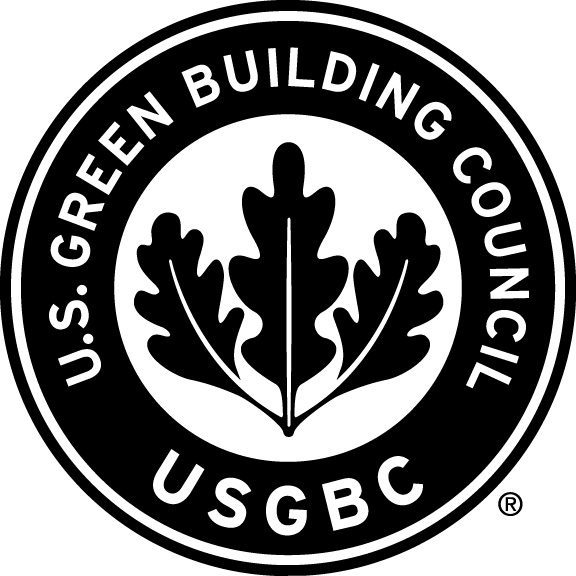USGBC Expands LEED Earth to Homes, Communities and Cities

LEED Earth has enabled the expansion of green building to nearly 200 countries around the world
LEED Earth aims to accelerate USGBC’s healthy economy strategy
WASHINGTON, D.C. (March 3, 2021) – The U.S. Green Building Council (USGBC) announced it is expanding its LEED Earth campaign to homes, communities and cities. LEED Earth is designed to bring LEED to countries where green building is still emerging and offers certification at no cost to the first project to certify. USGBC will also extend LEED Earth benefits to the first LEED Platinum project in any country to certify using LEED v4.1, the newest version of LEED. New projects will be considered for LEED Earth starting in March 2021.
“LEED is a global language and a catalyst for change. We are committed to bringing LEED to every country to make it accessible to as many people as possible, while also continuing to foster innovation and achievement in existing global markets,” said Mahesh Ramanujam, president & CEO, U.S. Green Building Council. “With the expansion of LEED Earth to LEED for Residential, LEED for Cities and Communities and Platinum LEED v4.1 projects, we can accelerate our healthy economy strategy and truly fulfill our vision of raising the living standard for people around the globe.”
USGBC believes that healthy people in healthy places is the fastest way to build a healthy economy. The pandemic has made those beliefs that much stronger and the mission that much more vital.
Launched in 2013, LEED Earth has enabled significant global growth of green building, taking LEED from 140 countries to nearly 200 today. LEED Earth has incentivized project teams in countries where green building is not as prevalent and encourages them to take steps and adopt better building, construction and operations practices.
“The economic, health and environmental challenges we are facing are substantial and now is the time for project teams around the world to take steps to curb emissions, enhance resilience and support health, especially within our most vulnerable populations,” added Ramanujam. “LEED provides the framework that will help companies, communities and governments make progress toward those goals.”
LEED is the most widely recognized green building rating system in the world and supports USGBC in bringing the environmental and human health benefits of green buildings to all. USGBC is committed to accelerating the uptake of LEED in new and existing markets. Project teams interested in participating in LEED Earth can view the rules and regulations to get started.
About the U.S. Green Building Council
The U.S. Green Building Council (USGBC) is committed to a healthy, resilient and equitable future for all through the development of green buildings, cities and communities. For more than 20 years, USGBC has been advancing green building practices through the development of LEED, the world’s most widely used green building program. With the support of thousands of members, volunteers and partners, USGBC provides robust green building education courses, a rigorous professional credentialing program, and advocates for effective public policies. It convenes an international network of green building and sustainability leaders through the annual Greenbuild International Conference & Expo, and forward thinking programs, including the Center for Green Schools. For more information, visit usgbc.org and connect on Twitter, Facebook, Instagram and LinkedIn.
About LEED
The U.S. Green Building Council’s LEED green building program is the foremost certification system for the design, construction and operations of green buildings, cities and communities. Every day, more than 2.2 million square feet of space is certified using LEED. Currently more than 100,000 projects and over 100 cities and communities are participating across nearly 200 countries and territories. LEED is transforming the building and construction sector to be more sustainable and is defining the next generation of green building performance with its latest version, LEED v4.1. Learn more about how LEED improves operational efficiency, supports health and reduces environmental impact at usgbc.org/leed/why-leed


